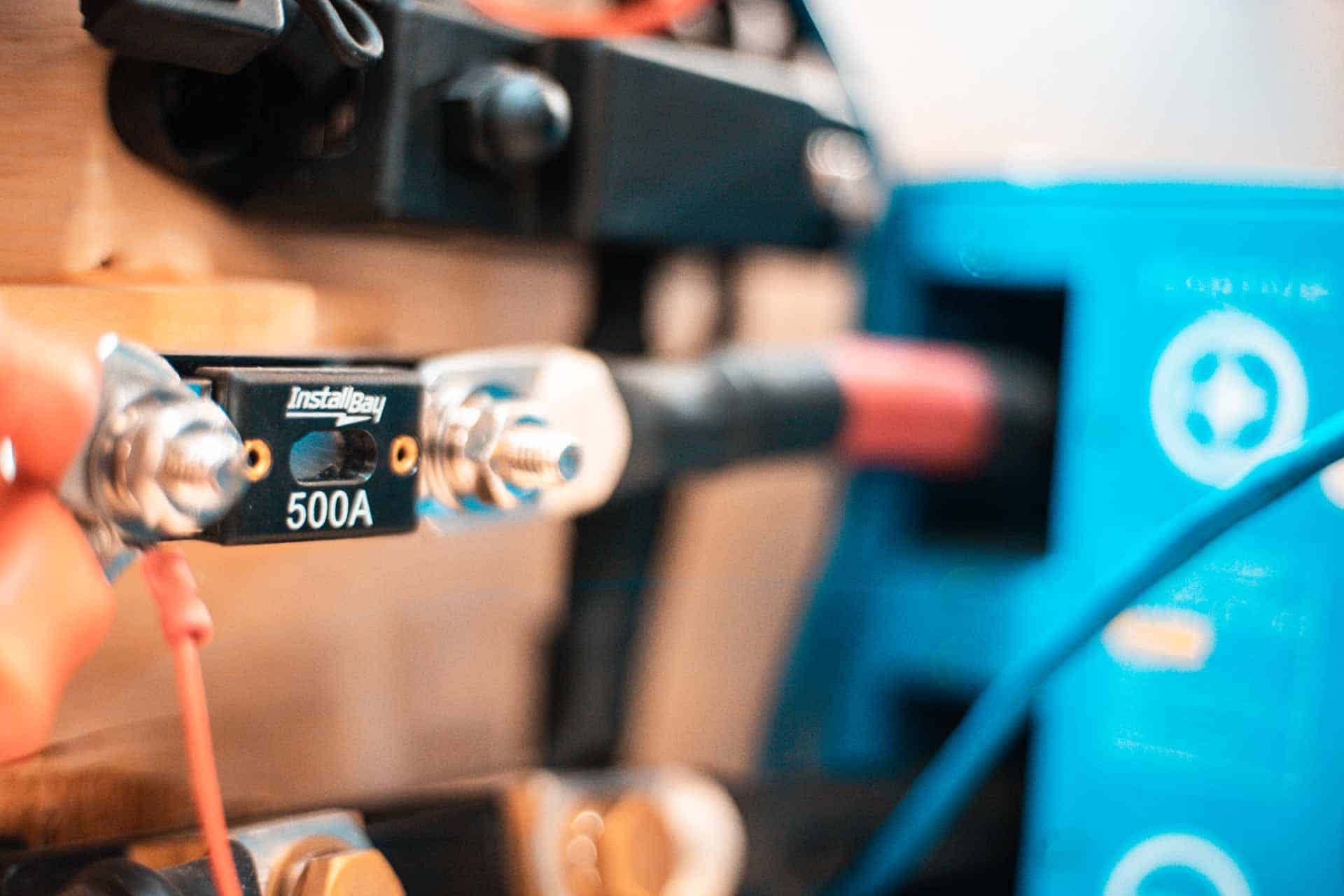

- #Ridge racer unbounded bundle systeme requis how to#
- #Ridge racer unbounded bundle systeme requis install#
- #Ridge racer unbounded bundle systeme requis update#
- #Ridge racer unbounded bundle systeme requis code#
#Ridge racer unbounded bundle systeme requis install#
$ mvn clean install -PautoInstallSinglePackage
#Ridge racer unbounded bundle systeme requis code#
Like in the Dialog configuration, Sling Resource Merger is used to hide irrelevant fields that are otherwise inherited from the sling:resourceSuperType, as seen by the node definitions with sling:hideResource="true" property.ĭeploy the updated code base to a local AEM instance using your Maven skills: $ cd aem-guides-wknd The basis for the preceding Policy dialog XML was obtained from the Core Components Image component. content.xml and copy/paste the XML below into it.
#Ridge racer unbounded bundle systeme requis update#
Update the file with the following: with the following XML. These dialog node definitions use the Sling Resource Merger to control which dialog tabs are inherited from the sling:resourceSuperType component, in this case the Core Components’ Image component.įollowing the same approach as with the Dialog creation, create a Policy dialog (formerly known as a Design Dialog) to hide unwanted fields in the Policy configuration inherited from the Core Components’ Image component.īeneath the byline folder, create a new folder named _cq_design_dialog.īeneath byline/_cq_design_dialog create a new file named. This is the XML definition for the dialog. Occupations should be sorted alphabetically in an ascending order (a to z).īeneath the byline folder, create a new folder named _cq_dialog.īeneath byline/_cq_dialog add a new file named.
#Ridge racer unbounded bundle systeme requis how to#
Understand how to use a Sling Model from within an HTL Script.Learn to encapsulate business logic with Sling Models.Understand how to build a custom AEM component.You can always view the finished code on GitHub or check the code out locally by switching to the branch tutorial/custom-component-solution. $ mvn clean install -PautoInstallSinglePackage -Pclassic If using AEM 6.5 or 6.4, append the classic profile to any Maven commands.


 0 kommentar(er)
0 kommentar(er)
